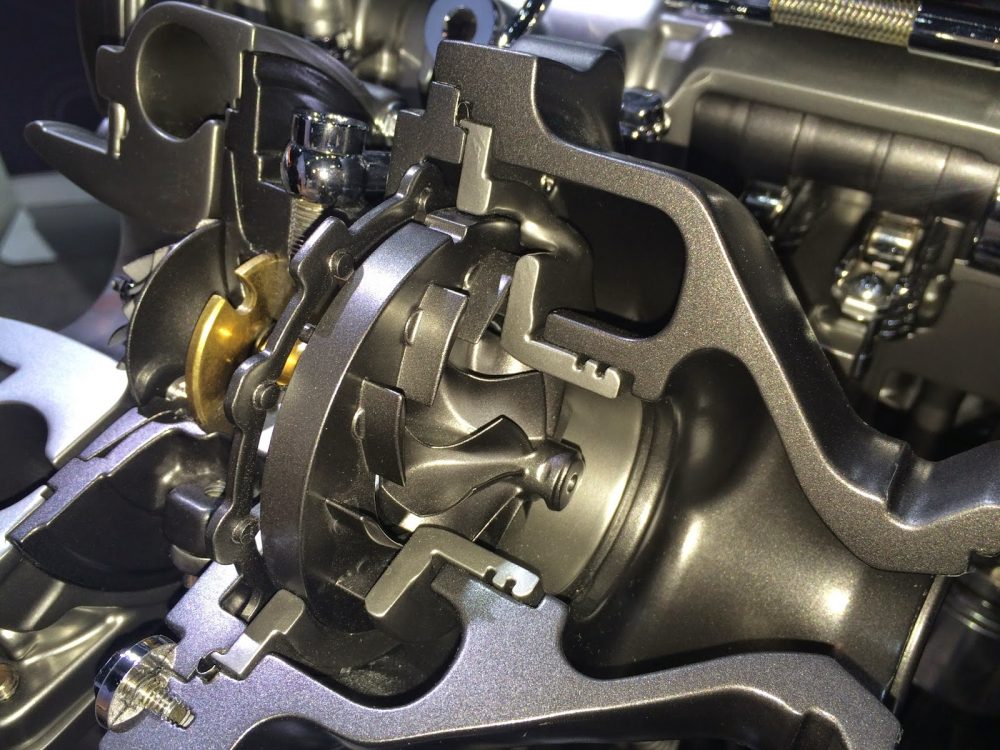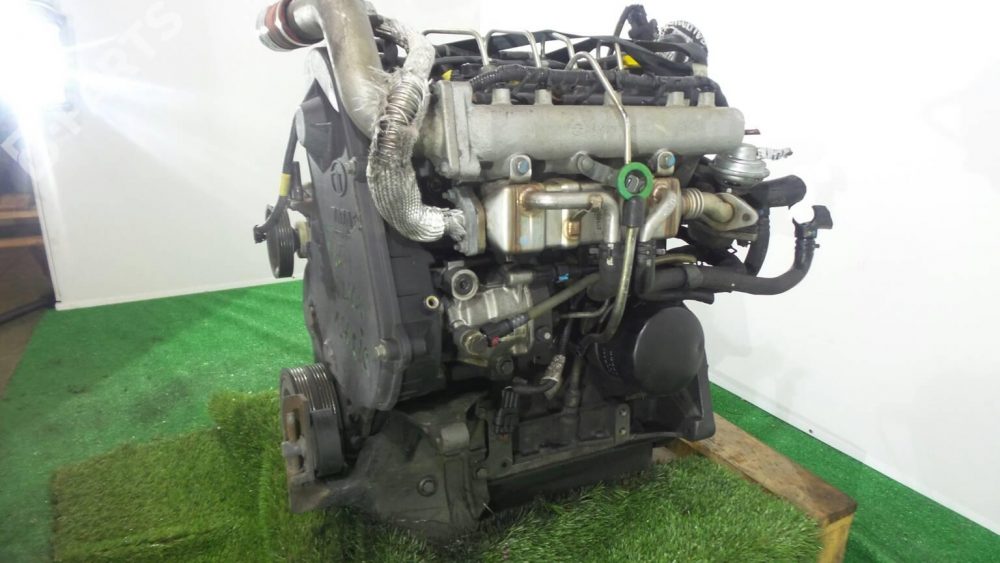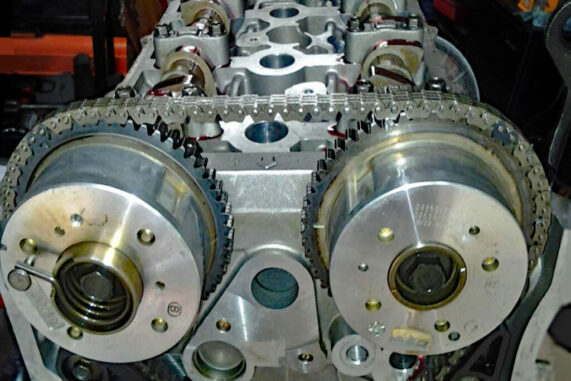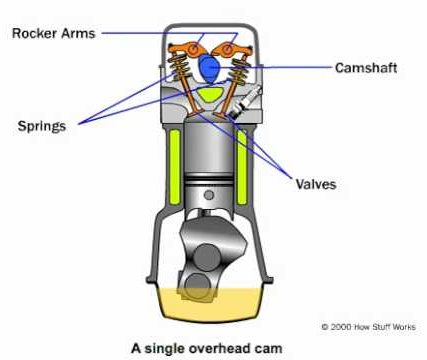Automotive jargon is one painful thing. While you are trying to become part of a conversation with automotive enthusiasts, these limit you. Now, you love cars and want to know more about them, but these difficult terminologies are scaring you?
Don’t worry, we’re here to sort it all out. So, the next time you are part of such conversations, you don’t scratch your head. We explain to you 10 such automotive terms which you should know.
If you have missed the previous parts of the series feel free to read them.
Part 1: 10 Automotive Terms (Jargons) Simplified and Explained | Part 1
Part 2: 8 Automotive Terms (Jargons) Simplified and Explained | Part 2
1. Variable Nozzle Turbines (VNT)

Variable Nozzle Turbines, occasionally known as Variable Geometry Turbochargers are a type of turbochargers. These allow for a significant amount of flexibility in the pressure ratio across the turbine. This leads to a better low-speed torque in diesel engines. The VGT or VNT technology is being used since the 1950s in diesel engines.
2. Gasoline Direct Injection

It is a fuel injection technology used in many vehicles today. It is different from the traditional multi-point fuel injection technology. These engines tend to inject fuel through a common line directly at high pressures.
It allows drawing more power from smaller engines. Moreover, it provides better fuel efficiency and lesser emissions. However, GDI engines can also lead to a larger amount of carbon build-up.
3. Brake Horsepower

This tends to be one of the most popular automotive jargon out there. Brake Horsepower measures the horsepower of an engine without considering the loss in power that is caused by some parts of the engine. These parts include the generator, gearbox, water pump and other auxiliary parts.
In simpler words, it means that the brake horsepower of an engine is always higher than the horsepower. The term ‘brake’ is used because while actually calculating the power delivered by the engine, brakes are used.
4. Horse Power

The term Horsepower was invented and defined by James Watt. It was initially coined to measure the amount of work a horse can do while lifting coal from a mine in a minute’s time.
What horsepower actually measures is the maximum rate of acceleration and the top speed of a car. A car’s horsepower is measured using a dynamometer.
5. Variable Timing Valve Train (VTVT)
VTVT is a system which can independently control the intake and exhaust valves in an IC engine. The name ‘VTVT’ is patented under Hyundai’s name and is used in the Verna, i20 etc. The timing of intake and exhaust depends on the basis of the load on the engine and the load criteria.
6. Variable Valve Timing/ VTEC (VVT/VTEC)

The VVT engine defines the time for which the valves are opened. VVT controls the lifting, duration or the timing of the exhaust valves. The VVT engines are used by Maruti and the name iVTEC is patented by Honda.
7. Variable Valve Timing With Intelligence
The Variable Valve Timing technology involves some microprocessors. These control the VVt functionality and was developed by Toyota at first. It varies the timing of the intake valves by some adjustments and calculations.
It helps the engine achieve higher efficiency by making adjustments in the overlap time in opening and closing of valves.
8. Single Overhead Camshaft

As the name suggests this engine comes with a single overhead cam. The cam rod is responsible for operating the intake and exhaust valves. SOHC engines tend to generate less power than DOHC. They are cheaper and easier to design than their double counterparts.
9. Double Overhead Camshaft

The double overhead cam has two cams operating the exhaust and intake valves. The engine comes with a single header but with two cam rods. The DOHC has 4 valves and hence tend to be more powerful. These are considered fit for performance and sports cars.
Did we miss any automotive jargon? Let us know in the comments below.
Also Read Transmissions: Manual vs CVT vs DSG vs AMT Explained!





